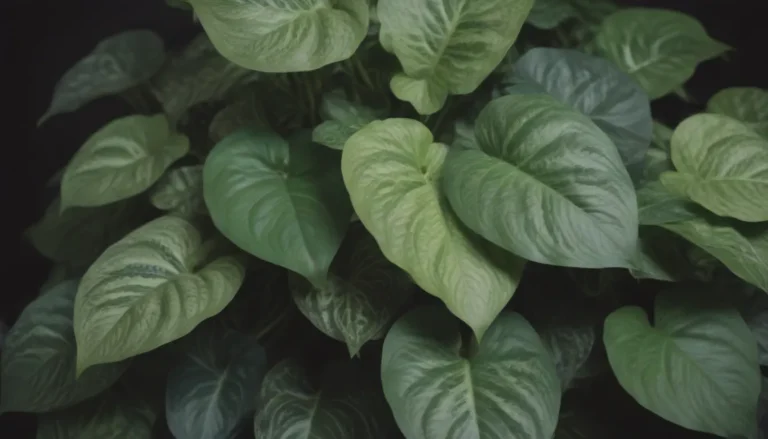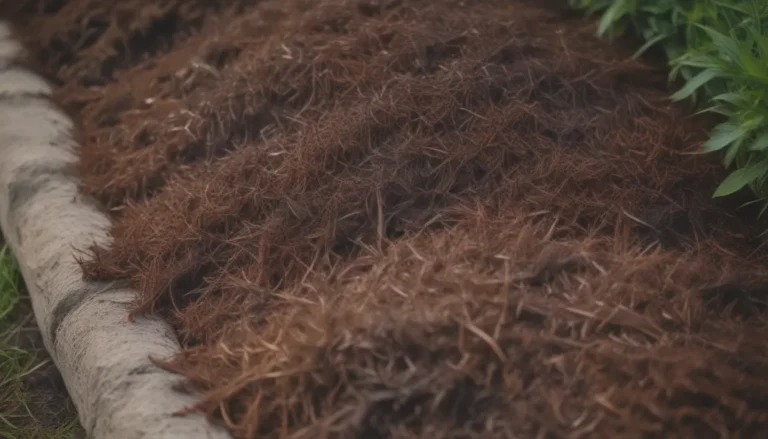The Ultimate Guide to Growing and Caring for Mexican Sunflowers

If you’re looking to add a burst of vibrant color to your garden, Mexican sunflowers are the perfect choice. These stunning annuals produce dozens of daisy-like blooms in fiery shades of red, orange, or yellow from summer into fall. Whether you’re a seasoned gardener or just starting out, Mexican sunflowers are easy to grow and maintain, making them an ideal addition to any garden or flower border.
Mexican Sunflower Care Tips
Light
One of the most critical factors in growing healthy Mexican sunflowers is providing them with full sun. These plants need at least six or more hours of unfiltered sunlight per day to thrive. Avoid planting them in shady areas, as they may not bloom properly and could be prone to fungal diseases.
Soil
Unlike other finicky flowers that require rich, nutrient-dense soil, Mexican sunflowers prefer lean soils with low nutrient content. Good drainage is essential to prevent issues like root rot, so sandy or rocky soils that closely resemble their native environment in Mexico are ideal.
Water
Mexican sunflowers are drought-tolerant throughout their life cycle, meaning they don’t require frequent watering. In fact, these low-maintenance plants actually prefer dry soil. If you live in an area with high rainfall, make sure to plant them in soil with excellent drainage to prevent waterlogged conditions.
Temperature and Humidity
Mexican sunflowers thrive in hot weather and can withstand triple-digit temperatures. Cooler temperatures can slow down their growth, so it’s best to plant them when nighttime temperatures are consistently above 60 degrees Fahrenheit. Average humidity levels are ideal, but in humid areas, provide extra spacing between plants to prevent powdery mildew.
Fertilizer
Mexican sunflowers typically don’t need supplemental fertilizer to grow. However, if you’re dealing with depleted soils, you can use an all-purpose flower fertilizer at the beginning of the season. Be sure to follow the instructions on the product label for the correct dosage.
Types of Mexican Sunflowers
Mexican sunflowers come in various types, each with its own unique characteristics and colors. Some popular varieties include:
– T. rotundifolia ‘Fiesta del Sol’
– T. rotundifolia ‘Goldfinger’
– T. rotundifolia ‘Torch’
– T. rotundifolia ‘Yellow Torch’
Pruning Tips
While pruning Mexican sunflowers isn’t necessary, it can help control lanky growth and maintain the plant’s shape. Keep in mind that pruning may sacrifice some blooms, so do so sparingly. If your plant is experiencing a lull in blooming, consider cutting off the top one-third of the plant to tidy it up.
Propagating Mexican Sunflowers
If you can’t find your favorite variety of Mexican sunflowers, you can propagate them from stem cuttings. This method requires daily watering to encourage the cuttings to root successfully.
How to Grow Mexican Sunflowers From Seed
Growing Mexican sunflowers from seed is a straightforward process. You can start the seeds indoors or wait until after the last frost to plant them directly in the ground.
Potting and Repotting Mexican Sunflowers
For those with limited garden space, dwarf varieties of Mexican sunflowers can be grown in pots on patios, decks, or balconies. Choose breathable clay or terra cotta pots with ample drainage holes to keep the soil cool and prevent waterlogging. Select a pot that accommodates the mature plant to avoid repotting during its single-season lifespan.
Common Pests and Plant Diseases
Mexican sunflowers may attract pests like snails and slugs, especially in rainy weather. To control them, place damp cardboard near the plants to collect the pests. Additionally, watch out for fungal diseases in shady areas and powdery mildew in overcrowded, humid conditions.
How to Get Mexican Sunflowers to Bloom
To encourage blooming in Mexican sunflowers, provide full sunlight and well-drained soil. These plants thrive in rocky or sandy soil and need ample sun exposure to produce vibrant blooms.
Bloom Months
Mexican sunflowers typically bloom from mid-summer, around July, until the first frost in the fall.
What Do Mexican Sunflowers Look and Smell Like?
Mexican sunflower flowers resemble large daisies with orange-red petals and a yellow center. While they aren’t particularly fragrant, they emit a light, sweet scent. These flowers attract pollinators like butterflies with their bright colors.
How to Encourage More Blooms
Ensure Mexican sunflowers receive full sunlight to promote healthy growth and abundant blooms. With at least six hours of sun exposure, these plants will reward you with a profusion of flowers.
Caring for Mexican Sunflowers After They Bloom
After Mexican sunflowers finish blooming, there’s no special care required as they are annuals that will die off in winter. You can collect the developed flowers for their seeds or leave them in place for a natural, seasonal display.
Deadheading Mexican Sunflowers
While deadheading spent Mexican sunflowers can prolong blooming, it’s not necessary for these low-maintenance plants. They will continue to produce flowers through the fall without deadheading.
Mexican sunflowers are a fantastic addition to any garden, offering vibrant colors, low maintenance, and excellent pollinator attractors. With proper care and attention, these beautiful annuals will thrive and brighten up your outdoor space. Whether you’re a beginner gardener or a seasoned expert, Mexican sunflowers are an excellent choice for adding a pop of color to your landscape.





